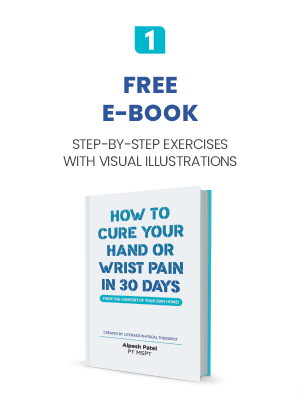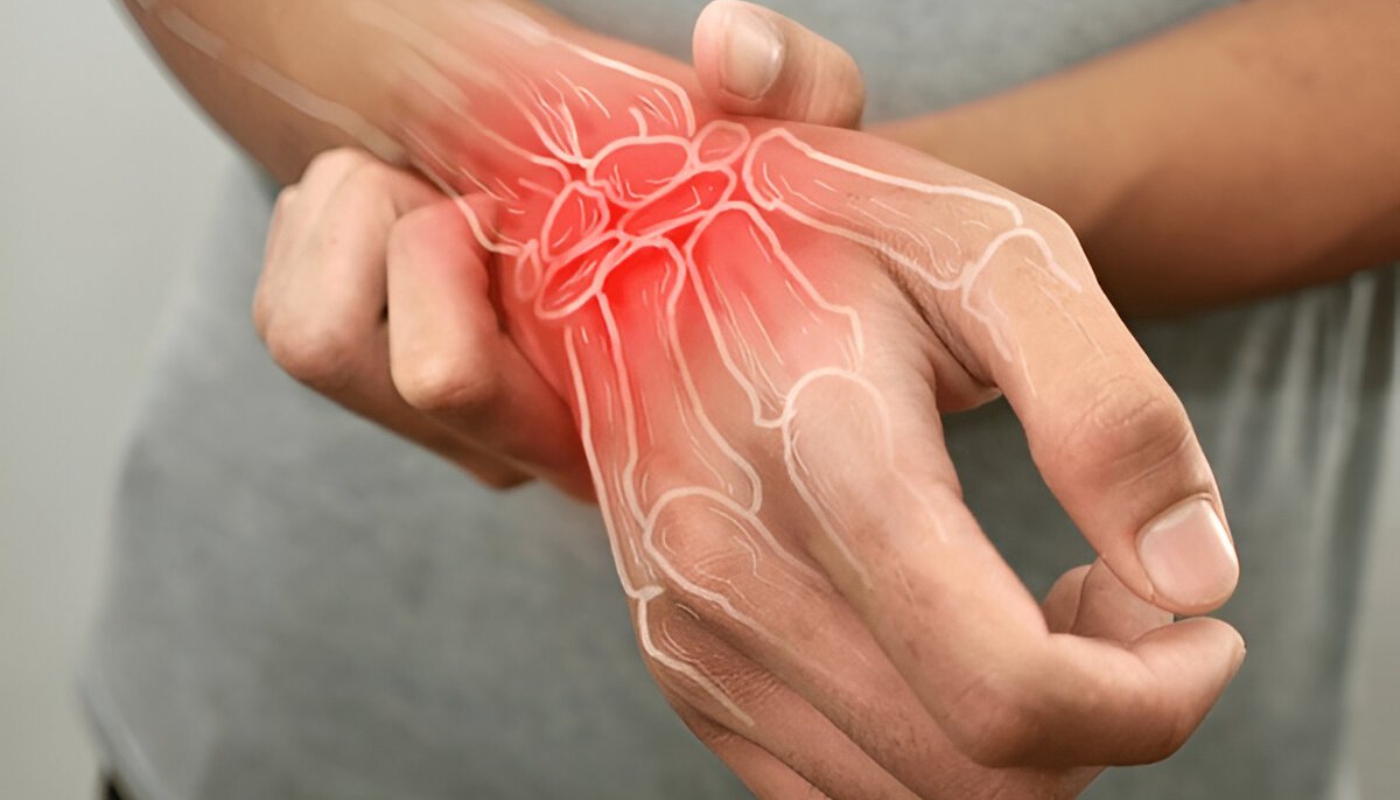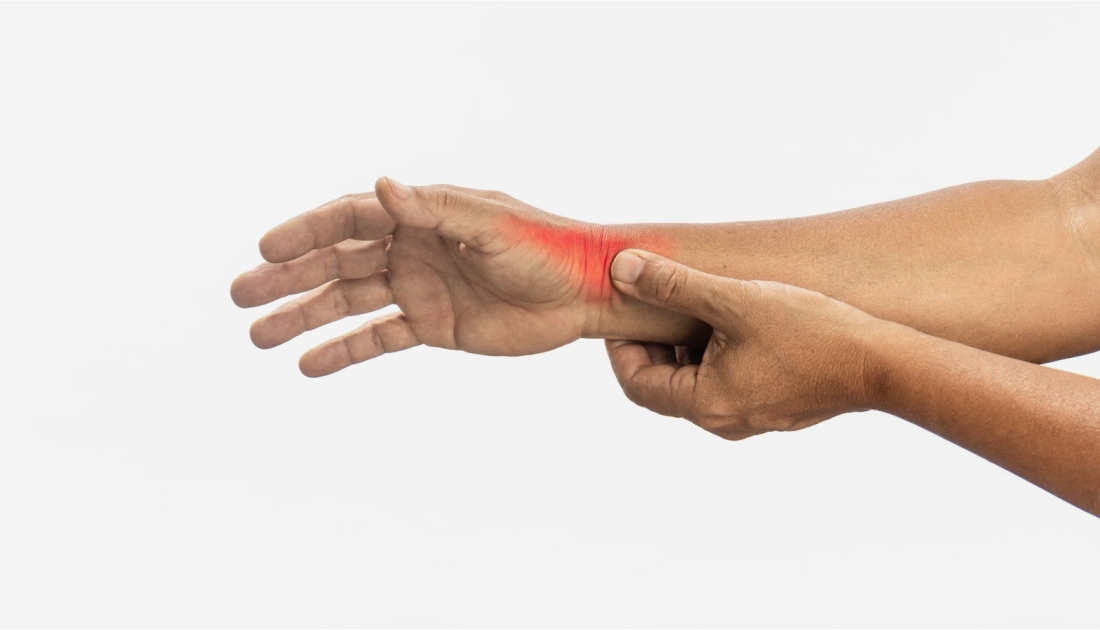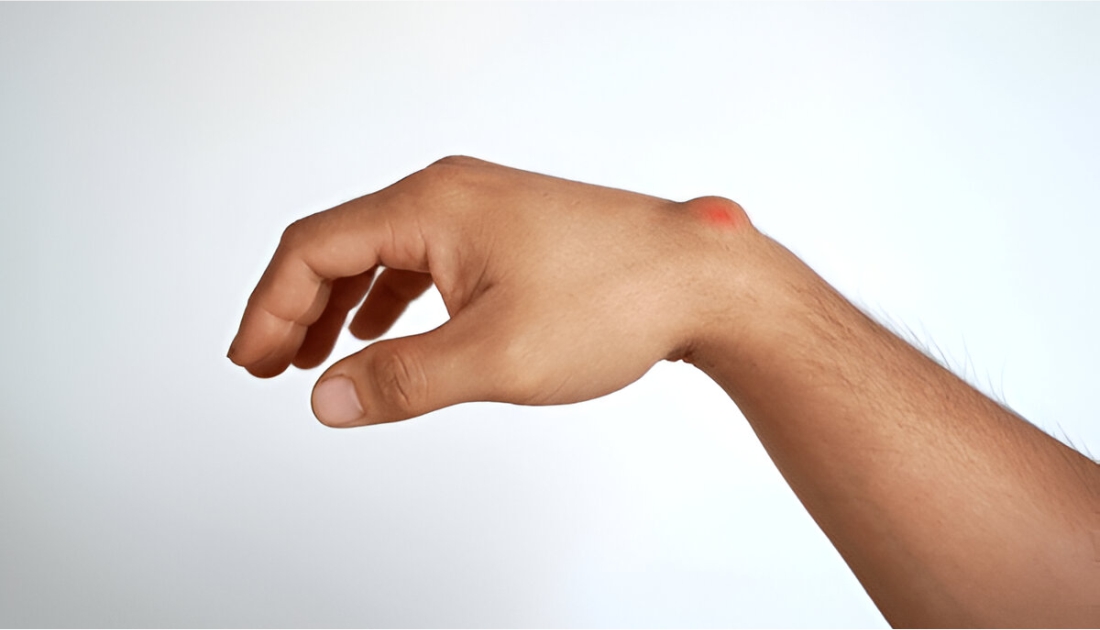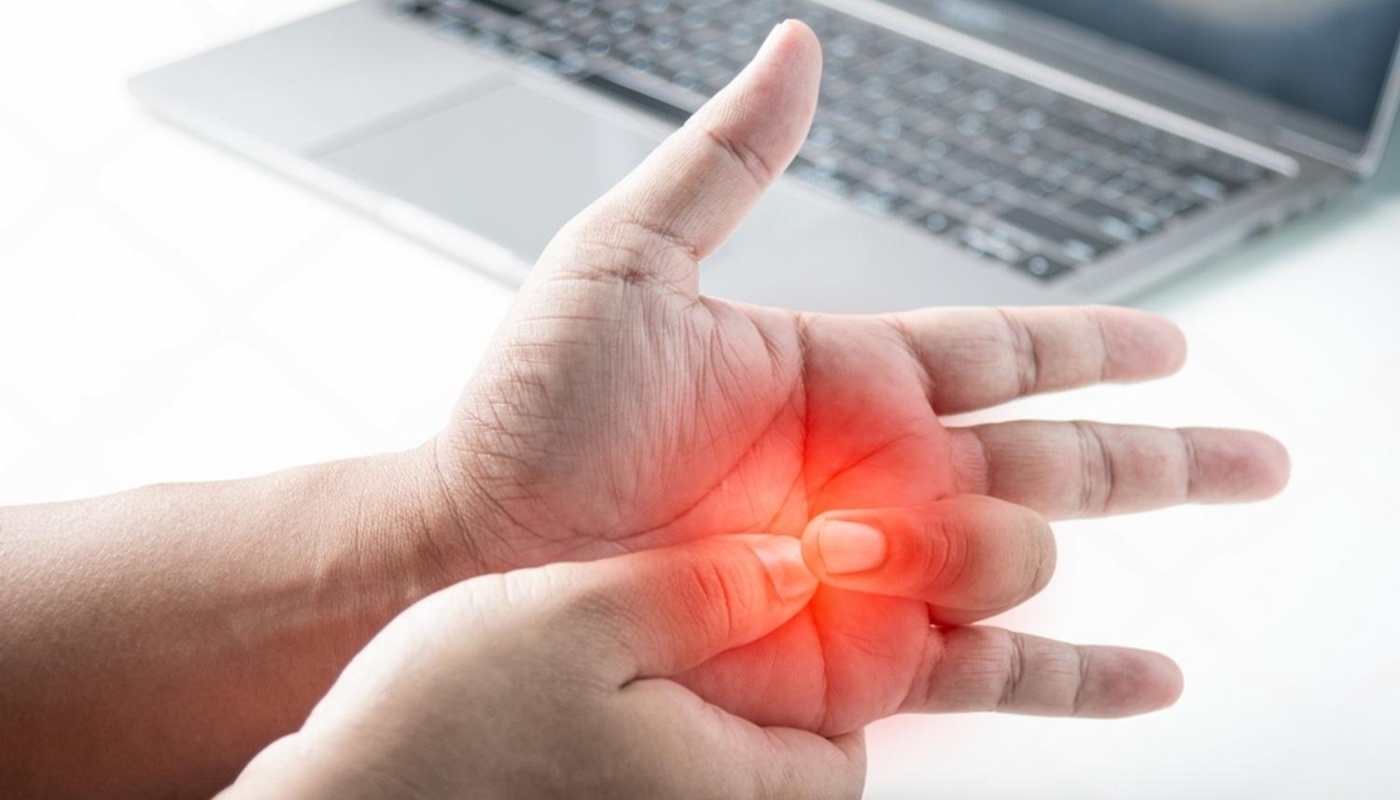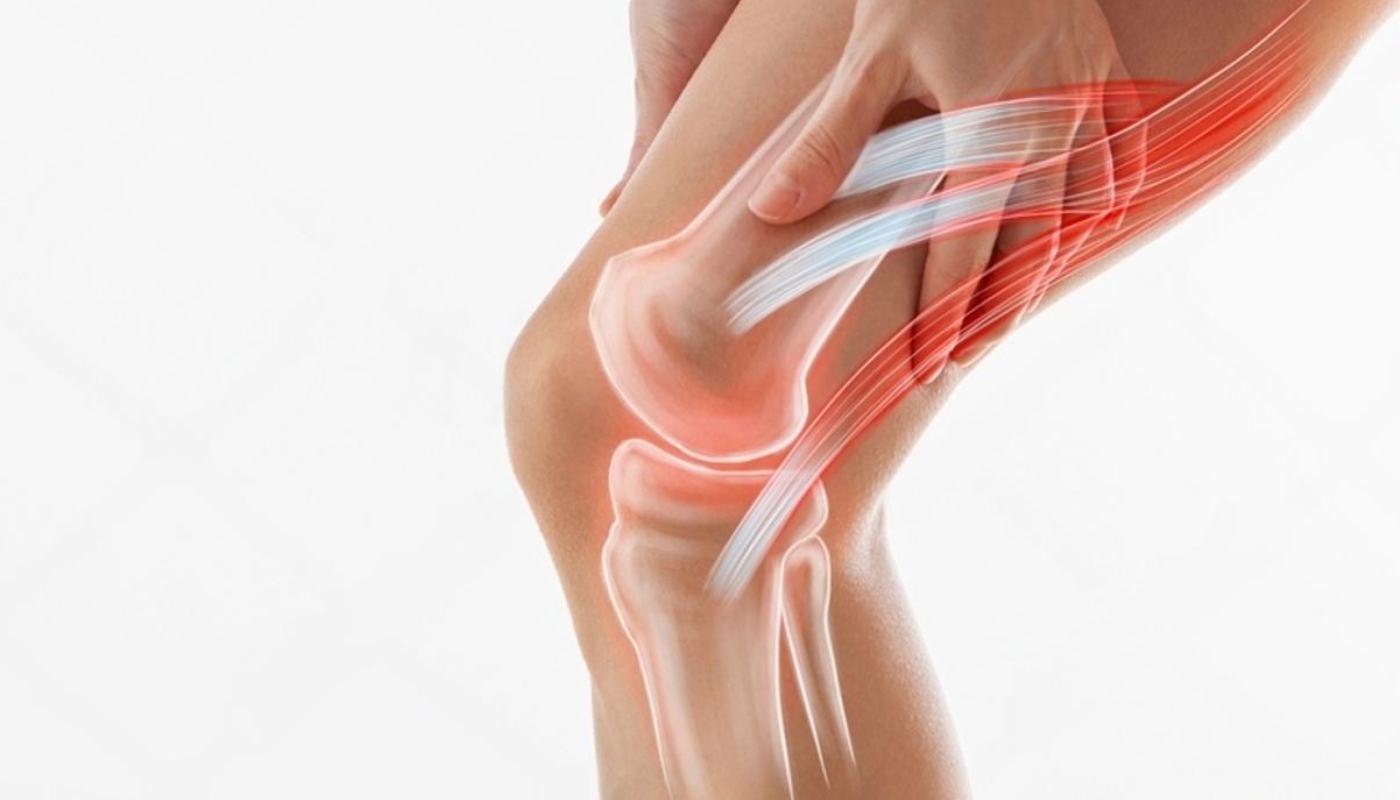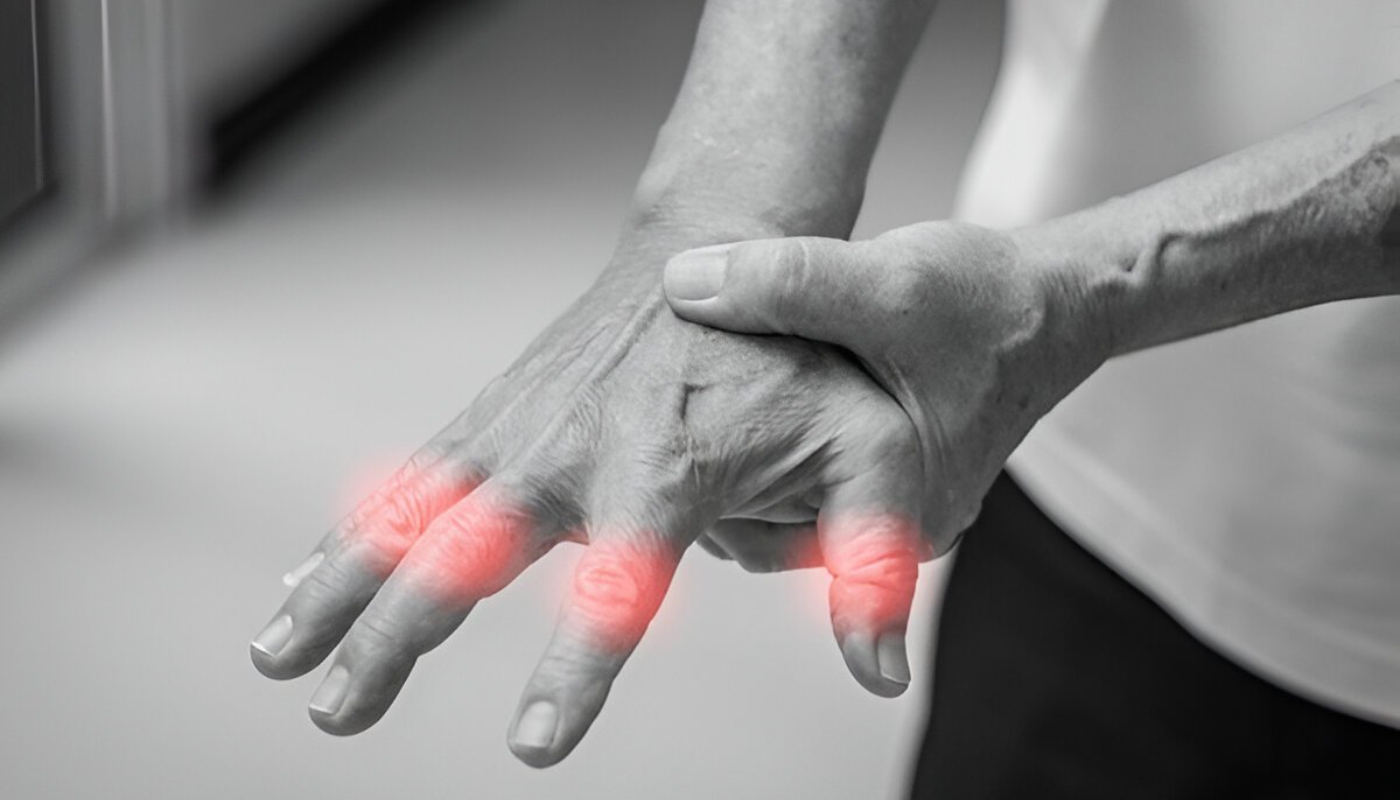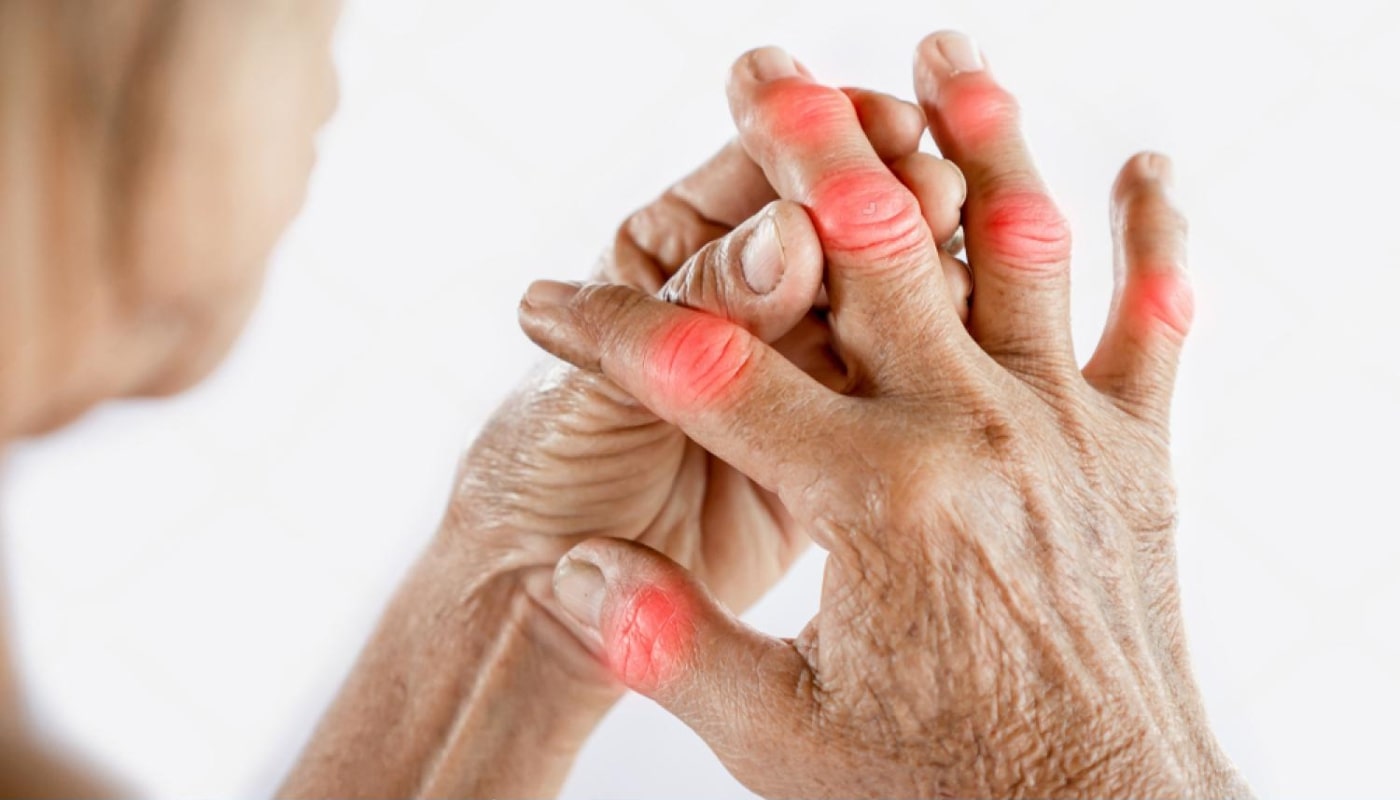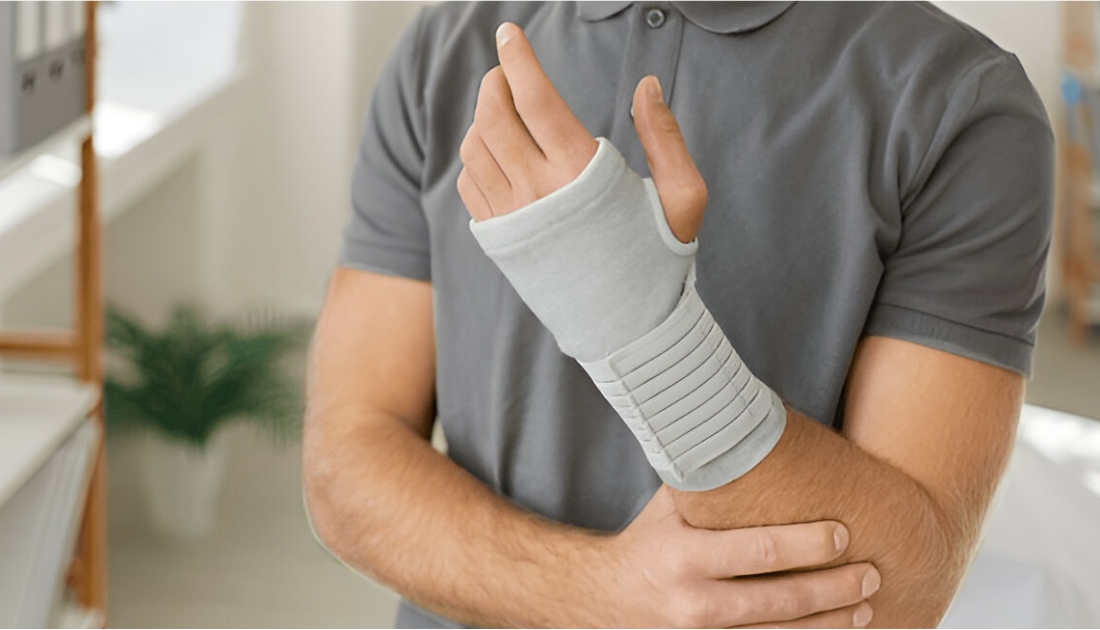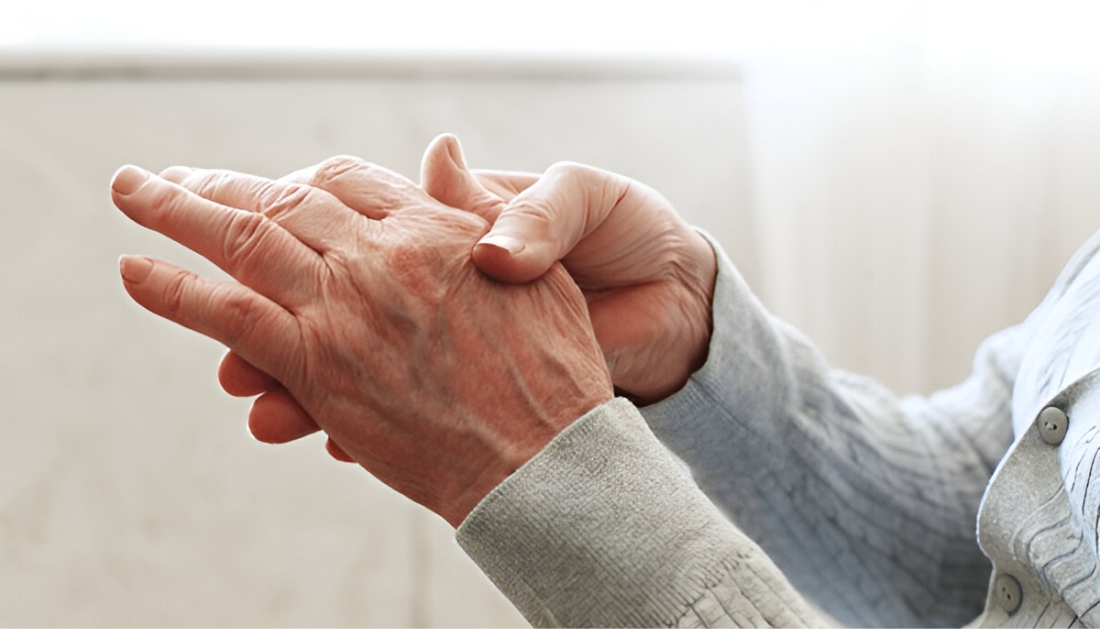Living with arthritis can significantly affect one’s daily routine and overall quality of life. This chronic condition, which involves inflammation of the joints, leads to pain, stiffness, and reduced mobility, making simple tasks challenging. For many individuals, the pain can be unpredictable, often flaring up without warning, which may result in an avoidance of activities that were once enjoyable.

Understanding the various forms of arthritis, including osteoarthritis and rheumatoid arthritis, is crucial for effective management. Here are some key impacts of arthritis on daily life:
- Physical Limitations: Many people experience difficulty in performing everyday tasks such as walking, climbing stairs, or even holding objects due to joint pain.
- Emotional Effects: The chronic pain associated with arthritis can lead to feelings of frustration, anxiety, and depression, significantly affecting mental well-being.
- Social Impact: Individuals may withdraw from social interactions, fearing pain during activities or feeling misunderstood by others who do not experience chronic pain.
By recognizing these challenges, it is possible to develop effective coping strategies that can enhance well-being. Whether it’s engaging in physical therapy, utilizing assistive devices, or adopting a supportive community, there are resources available to help manage the impact of arthritis.
At Theravio, we are committed to empowering individuals with the tools they need for better health. Visit us @ https://theravio.com/ to explore our innovative solutions designed specifically for those living with arthritis.
Common Symptoms and Types of Arthritis Explained
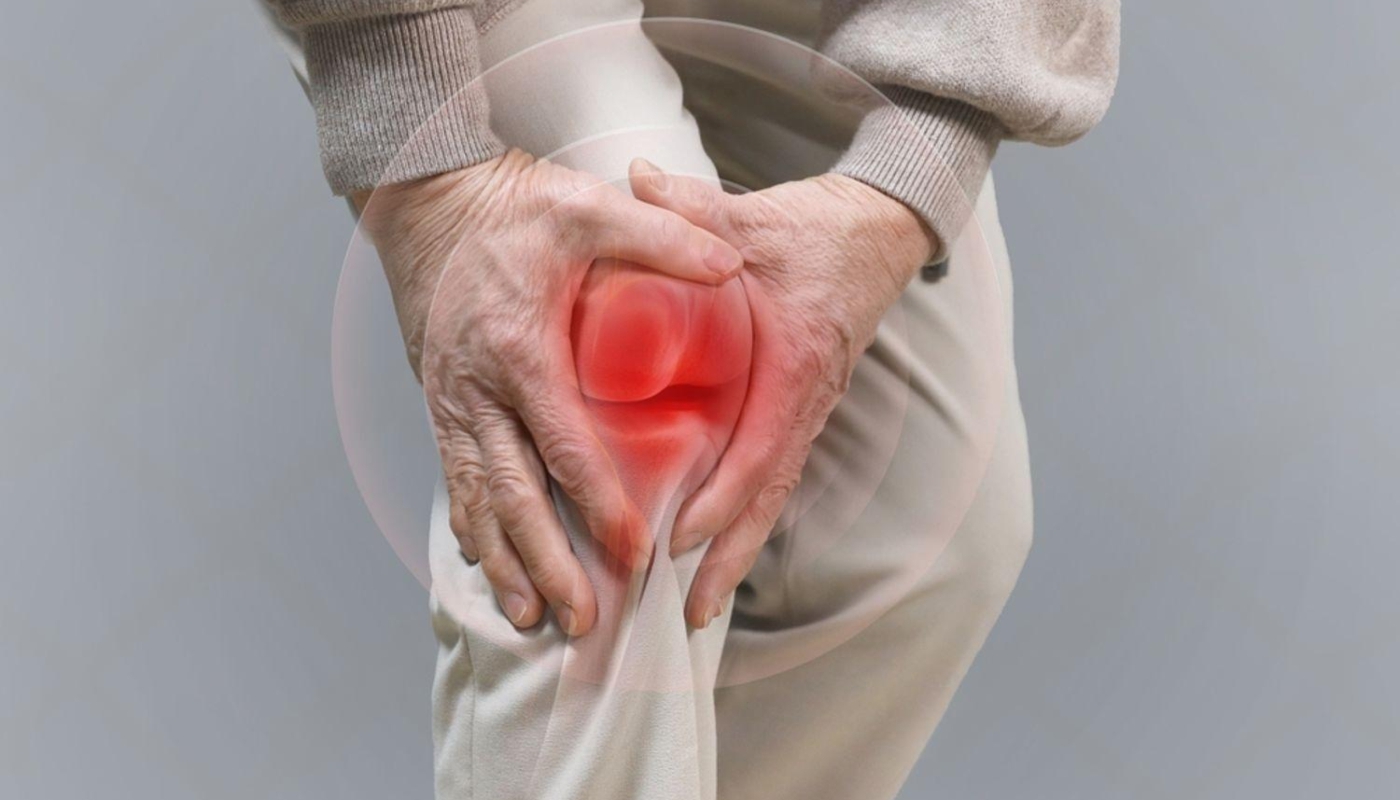
Arthritis encompasses a wide range of conditions, each with its own set of symptoms and challenges. Understanding the common types of arthritis and their symptoms can help individuals seek appropriate treatment and manage their conditions effectively.
Some of the most prevalent types include:
- Osteoarthritis: This is the most common form of arthritis, characterized by the wear and tear of cartilage in the joints. Symptoms include joint pain, stiffness, and swelling, particularly after periods of inactivity or overuse.
- Rheumatoid Arthritis: An autoimmune condition where the body’s immune system attacks the joints, leading to inflammation and pain. Symptoms often include morning stiffness, swelling in multiple joints, and fatigue.
- Psoriatic Arthritis: This condition affects those with psoriasis and can lead to joint pain, stiffness, and swelling, often accompanied by skin lesions. Symptoms can vary widely among individuals.
- Gout: A type of inflammatory arthritis caused by the buildup of uric acid crystals in the joints, leading to sudden and severe pain, redness, and swelling, often affecting the big toe.
Common symptoms shared across various types of arthritis include:
- Joint Pain: A prevalent issue affecting mobility and daily activities.
- Stiffness: Often most pronounced in the morning or after sitting for extended periods.
- Swelling: Inflammation around the joints, which can be accompanied by warmth and redness.
- Fatigue: Chronic pain and inflammation can contribute to a general sense of tiredness.
Recognizing these symptoms is crucial for early diagnosis and intervention, enabling individuals to take proactive steps in managing their arthritis effectively.

Effective Pain Management Strategies for Arthritis
Managing arthritis pain is essential for improving quality of life and maintaining daily activities. Various strategies can be employed to alleviate discomfort and enhance mobility. Here are some effective pain management techniques:
- Physical Therapy: Collaborating with a physical therapist can help develop a personalized exercise program tailored to your needs. Regular exercises can strengthen muscles around the joints, improve flexibility, and reduce pain.
- Medication: Over-the-counter pain relievers, such as nonsteroidal anti-inflammatory drugs (NSAIDs), can help alleviate mild to moderate pain. Prescription medications may be necessary for more severe cases, including corticosteroids or disease-modifying antirheumatic drugs (DMARDs).
- Heat and Cold Therapy: Applying heat can help relax muscles and improve blood circulation, whereas cold packs can numb painful areas and reduce inflammation. Alternating between both can yield the best results.
- Mind-Body Techniques: Practices such as yoga, meditation, and tai chi can improve mental well-being and help manage pain by promoting relaxation and reducing stress levels.
- Diet and Nutrition: A balanced diet rich in anti-inflammatory foods, such as omega-3 fatty acids, fruits, and vegetables, can help reduce inflammation and pain. Staying hydrated is also essential for joint health.
- Assistive Devices: Utilizing braces, splints, or mobility aids can provide support and reduce strain on affected joints, making daily activities easier and less painful. You might also consider the Theravio kit , which includes a wonderful variety of tools designed to help relieve your pain and enhance your well-being.
Integrating these strategies into your routine can significantly improve your ability to manage arthritis pain. It's essential to consult with healthcare professionals to create a comprehensive pain management plan tailored to your specific needs.
The Importance of Physical Activity in Arthritis Care
Engaging in regular physical activity is crucial for individuals living with arthritis. Contrary to the belief that rest is the best remedy for joint pain, maintaining an active lifestyle can lead to numerous benefits. Here’s why physical activity is vital in arthritis care:
- Improved Joint Flexibility: Regular movement promotes flexibility in the joints, which can help alleviate stiffness and discomfort often associated with arthritis.
- Strengthening Muscles: Strengthening the muscles surrounding affected joints provides better support, reducing the strain on these areas and lowering the risk of injury.
- Weight Management: Maintaining a healthy weight through physical activity can decrease joint pain since excess weight places additional stress on joints, particularly those in the lower body.
- Enhanced Mood: Exercise releases endorphins, which act as natural painkillers and mood enhancers. This can help combat the emotional challenges that often accompany chronic pain conditions like arthritis.
- Increased Mobility: Engaging in low-impact exercises such as swimming, walking, or cycling can improve overall mobility and function, making daily tasks easier and more enjoyable.
- Social Interaction: Participating in group activities, classes, or sports can foster social connections, combating feelings of isolation that may arise from living with a chronic condition.
While it’s essential to choose appropriate exercises and avoid overexertion, finding a balanced routine can significantly enhance the quality of life for those with arthritis. It is advisable to consult with a healthcare provider or physical therapist to create a personalized exercise plan that aligns with individual capabilities and needs.
Nutrition and Lifestyle Changes to Support Joint Health
The role of nutrition and lifestyle changes in managing arthritis cannot be overstated. Adopting a balanced diet and making conscious lifestyle choices can significantly support joint health and alleviate symptoms. Here are key considerations for enhancing your well-being:
- Anti-Inflammatory Foods: Incorporating foods rich in omega-3 fatty acids, such as salmon, walnuts, and flaxseeds, can help reduce inflammation. Similarly, fruits and vegetables high in antioxidants, like berries and leafy greens, contribute to overall health.
- Maintain Hydration: Staying adequately hydrated is essential for joint lubrication. Aim for at least eight glasses of water a day to help keep your joints functioning optimally.
- Limit Processed Foods: Reducing the intake of processed foods, sugars, and trans fats can help lower inflammation levels and improve overall health. Focus on whole, nutrient-dense foods instead.
- Weight Management: Maintaining a healthy weight through a balanced diet can lessen the stress on weight-bearing joints, reducing pain and improving mobility.
- Regular Meal Patterns: Establishing regular meal patterns can help regulate energy levels and maintain a healthy metabolism, further supporting physical activity and overall health.
- Mindful Eating: Paying attention to hunger cues and eating mindfully can prevent overeating and promote healthier food choices.
In addition to dietary changes, lifestyle factors such as getting adequate sleep, managing stress through relaxation techniques, and avoiding smoking can also play a pivotal role in joint health. By implementing these nutrition and lifestyle changes, individuals with arthritis can take proactive steps toward managing their condition and improving their quality of life.
When to Seek Professional Help for Arthritis Management
Recognizing when to seek professional help is crucial for effectively managing arthritis. While self-care strategies can provide relief, there are times when professional intervention becomes necessary. Here are some signs and situations that warrant consulting a healthcare provider:
- Persistent Pain: If joint pain continues despite home remedies and over-the-counter medications, it’s important to consult a healthcare professional to evaluate the underlying cause and explore alternative treatments.
- Increased Swelling or Stiffness: Sudden changes in joint swelling or stiffness, especially if they interfere with daily activities, should be discussed with a physician. These could be indicators of flare-ups or complications that require medical attention.
- Difficulty in Mobility: If you experience challenges in performing routine tasks, such as walking, climbing stairs, or gripping objects, it’s essential to seek guidance from a physical therapist or rheumatologist for tailored rehabilitation strategies.
- Systemic Symptoms: Symptoms such as fever, fatigue, or unexplained weight loss, along with joint pain, may suggest a more serious condition. Immediate medical evaluation is crucial in such cases.
- Medication Management: If you are considering starting new medications or need adjustments to your current treatment plan, consulting a healthcare provider is vital to ensure safety and efficacy.
- Emotional Well-being: Living with arthritis can take a toll on mental health. If you find yourself feeling overwhelmed, anxious, or depressed, it’s important to reach out for professional support.
By recognizing these signs and acting promptly, individuals can better manage their arthritis and maintain a higher quality of life. Remember, your health is a priority. For comprehensive resources and support in your arthritis management journey, visit us @ https://theravio.com/ to explore how we can assist you.




